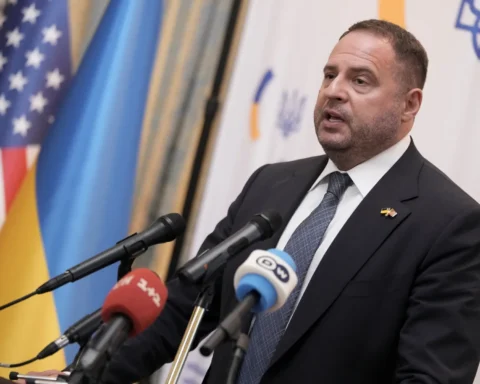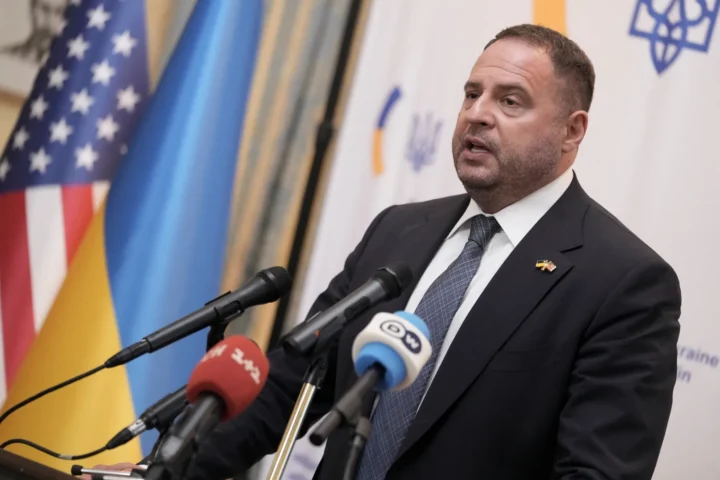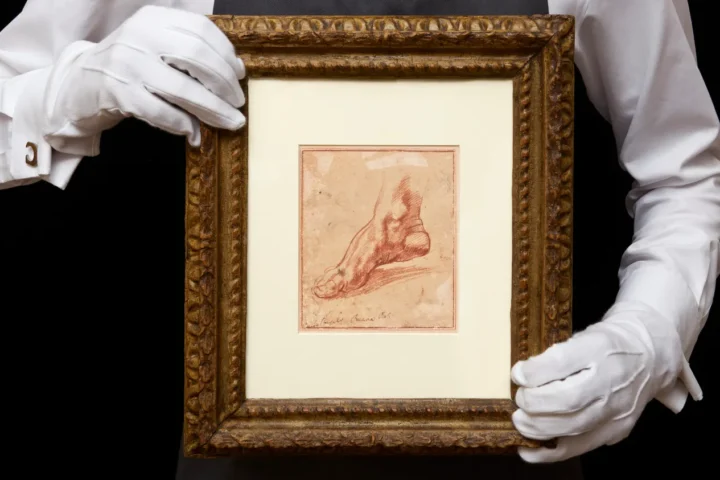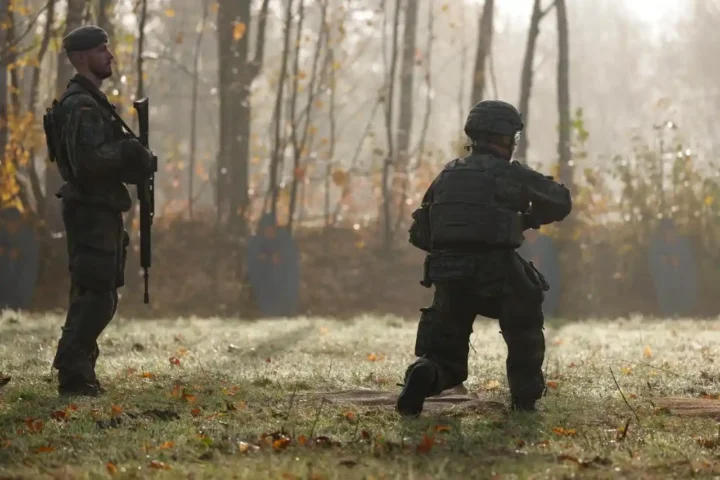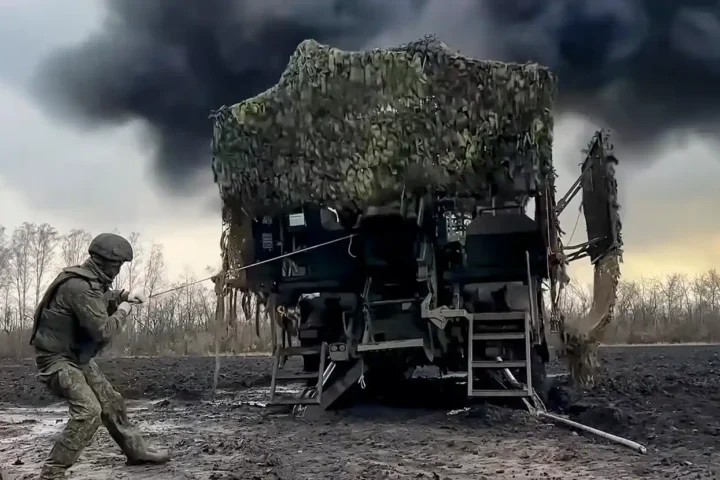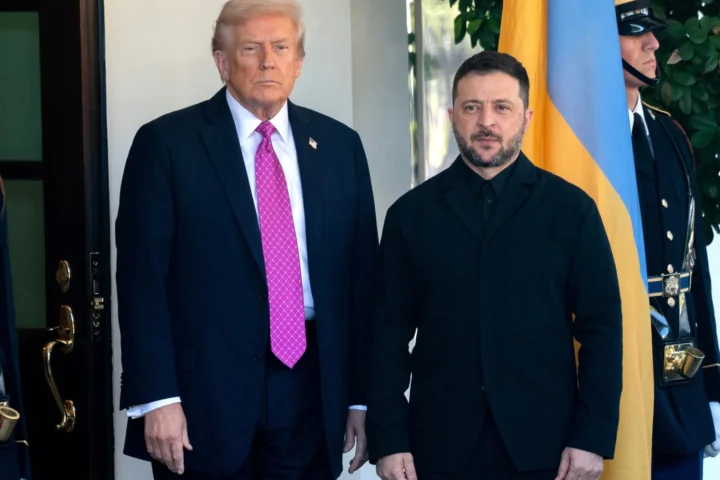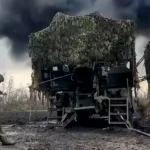The Financial Times has uncovered surprising new details about how Washington and Beijing reached a temporary truce in their fierce trade confrontation. The negotiations that laid the groundwork for a 115 percentage-point tariff rollback on both sides began nearly three weeks ago — in secret, in a basement room of the International Monetary Fund’s headquarters in Washington, D.C.
Behind Closed Doors
U.S. Treasury Secretary Scott Bessent, who was attending the IMF’s spring meetings, held a confidential meeting with China’s Finance Minister Lan Fo’an. This marked the first high-level encounter between the two nations since Donald Trump’s presidency and the tariff war that followed.
The U.S. Treasury Department declined to comment on the meeting. However, according to The Financial Times, this discreet discussion set in motion the negotiations that concluded over the weekend in Geneva, where Bessent and Chinese Vice-Premier He Lifeng agreed to a 90-day ceasefire.
Who Blinked First?
Despite prior declarations from both sides that they were ready for a prolonged standoff, the agreement came together more quickly than expected. The main question analysts are now asking is: who blinked first — Washington or Beijing?
President Trump quickly declared victory, calling the agreement a “total reset” in relations with China. Meanwhile, Hu Xijin, the former editor of the Communist Party–affiliated tabloid Global Times, posted on social media that it was “a great victory for China.” One widely shared comment on Chinese social media went even further: “The U.S. chickened out.”
Alicia García-Herrero, chief Asia-Pacific economist at French investment bank Natixis, echoed that sentiment: “The U.S. blinked first. They thought they could raise tariffs indefinitely without consequences — and they were wrong.”
According to her, both sides had overestimated the resilience of their economies, but the speed with which tariffs were rolled back in Geneva revealed just how painful the trade war had become for both. A hard economic decoupling was threatening job losses in China and empty shelves and inflation in the U.S.
Economic Pressure on Both Sides
Craig Singleton of the Foundation for Defense of Democracies emphasized that the pace of the negotiations revealed intense pressure: “Both sides were in more trouble than they were letting on.”
Although China had matched Trump’s tariffs blow for blow, it still faced a much heavier tariff burden than other countries. According to Capital Economics, even after the truce, total U.S. tariffs on Chinese goods would remain around 40%, while China’s tariffs on U.S. goods would hover around 25%.
What Comes Next: A Fragile Truce and a New Balance
Scott Kennedy from the Center for Strategic and International Studies (CSIS) warned that “U.S.-China trade talks are going to be like a rollercoaster.” While markets may breathe a temporary sigh of relief, we are far from resolving the conflict.
Before the Geneva meeting, Bessent had warned that the current level of tariffs amounted to a de facto embargo on trade between the world’s two largest economies. The deal reached in Switzerland at least provided breathing room for Chinese manufacturers, known for their price competitiveness, to stay in the U.S. market.
Alfredo Montufar-Helu of the Conference Board think tank noted, “At a 145% tariff rate, it would’ve been impossible for Chinese exporters to survive. But at 30%, most imports from China to the U.S. will likely regain their competitiveness.”
Bessent also hinted at the possibility of reviving purchase agreements — deals once central to Trump’s early trade strategy with China. These agreements had Beijing committing to buy American agricultural and industrial goods, but they were disrupted by the COVID-19 pandemic.
Now, Washington appears ready to return to that framework. “We have a real chance to bring our largest bilateral trade deficit back into balance,” Bessent said.
A New Front: The Fentanyl Crisis
An unexpected addition to the negotiation agenda was the issue of fentanyl precursor trafficking into the U.S. Bessent noted “a surprising level of Chinese engagement on the fentanyl crisis.” A Chinese official reportedly held a “very detailed and professional discussion” with a member of the U.S. national security team.
Should China agree to a deal on fentanyl, it could pave the way for lifting an additional 20 percentage points of Trump-era tariffs. That would put China on a level playing field with other nations exporting to the U.S., although sector-specific Biden-era tariffs, such as those on electric vehicles, would remain in place.
A Pause — But Not a Resolution
Despite this ceasefire, economists caution that tensions remain high. The unpredictability of U.S. trade policy is prompting China to continue diversifying its export markets and boosting domestic demand. Chinese exporters will likely use the 90-day window to front-load shipments to the U.S., potentially widening the trade surplus once again.
As Fred Neumann, chief Asia economist at HSBC, put it: “There’s still a lot of uncertainty in U.S. trade policy. China, like other countries, will continue seeking alternatives to the American market.”
This article was prepared based on materials published by The Financial Times. The author does not claim authorship of the original text but presents their interpretation of the content for informational purposes.
The original article can be found at the following link: The Financial Times.
All rights to the original text belong to The Financial Times.









